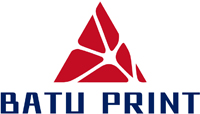Talking about several methods of textile printing
2021-08-14(691)Views
One, screen printing
Screen printing includes the preparation of printing screens, printing screens (the screen used in the printing process was once made of fine silk, the process is called screen printing. Although the silk screen is no longer in use, but printing The name screen printing is still often used in the process.) It is made of nylon, polyester fiber or metal wire fabric with fine meshes tightly stretched on a wooden or metal frame. The screen fabric should be coated with an opaque non-porous film. Where there is a pattern, remove the opaque film and leave a fine mesh screen. This area is where the pattern will be printed. Most commercial mesh fabrics are first coated with a photosensitive film, and then the pattern is removed by the photosensitive method to reveal the pattern. Place a screen on the fabric to be printed for printing. Pour the printing paste into the printing frame, and force it through the mesh of the screen through a scraper (a tool similar to a windshield wiper on a car).
There are three methods to realize screen printing, and the principle of each method is basically the same. The first is manual screen printing, which was very common in the 1920s and is still widely used today. Until the mid-1950s, before modern technology gave this process automation means, manual screen printing was the only screen printing method. The second method is called automatic screen printing (also called flat screen printing and automatic flat screen printing). In the mid-1960s, there was further development, the shape of the screen changed from a manual and automatic flat screen to a round screen shape. The third method is called circular screen printing or rotary screen printing, which is currently the most widely used screen printing method.
2. Manual screen printing
Manual screen printing is commercialized on the long platen (platen is up to 60 yards). The printed cloth rolls are spread smoothly on the platen, and the surface of the platen is pre-coated with a small amount of viscous material. Then the printing worker moves the screen frame by hand continuously along the entire platen, printing one screen frame at a time, until the fabric is completely printed. Each screen frame corresponds to a printing color. The production speed of this method is 50-90 yards per hour. Commercial manual screen printing is also widely used to print tailored garment pieces. In the garment printing process, the garment making process and the printing process are arranged together. Before the garment pieces are sewn together, the customized or unique patterns are printed on the garment pieces. Because manual screen printing can make large screen frames for large floral patterns, fabrics such as beach towels, novel printed aprons, curtains and shower curtains can also be printed by this printing method.
Hand-made screen printing is also used to print limited, highly fashionable women's clothing and small batches of products for market exploration.
Three, automatic screen printing
Automatic screen printing (or flat screen printing) is the same as manual screen printing except that the process is automated, so the speed is faster. The printed fabric is transported to the screen through a wide rubber belt, instead of being placed on a long table (like manual screen printing). Like manual screen printing, automatic screen printing is also an intermittent rather than continuous process. In this process, the fabric is moved under the screen, and then stopped. The scraper on the screen performs scraping (automatic scraping). After scraping, the fabric continues to move under the next screen frame. The production speed is about 500 yards per hour. . The automatic screen printing roller can only be used for the whole roll of fabric, and the cut piece is generally not printed in this way. As a commercial production process, the output of automatic screen printing (referring to flat screen printing) is declining due to the preference for rotary screen printing with higher production efficiency.
Rotary screen printing is different from other screen printing methods in several important aspects. Rotary screen printing is the same as the cylinder printing described in the next section. It is a continuous process. The printed fabric is transported to the bottom of the continuously moving cylinder through a wide rubber belt. Among screen printing, rotary screen printing has the fastest production speed, which is greater than 3,500 yards per hour. Use seamless perforated metal mesh or plastic mesh. The circumference of the largest cylinder is greater than 40 inches, so the largest flower back size is also greater than 40 inches. Rotary screen printing machines with more than 20 sets of colors have also been produced, and this printing method is slowly replacing drum printing.
Five, roller printing
Cylinder printing is like newspaper printing. It is a high-speed process that can produce more than 6000 yards of printed fabric per hour. This method is also called mechanical printing. In cylinder printing, the pattern is printed on the fabric through an engraved copper cylinder (or roller). The copper cylinder can be engraved with very delicate fine lines that are closely arranged, so that very delicate and soft patterns can be printed. For example, the fine and dense Pelizley tweed printing is a type of pattern printed by roller printing. The engraving of the flower tube should be exactly the same as the design draft of the pattern designer. Each design needs an engraving roller. (In the textile industry specific printing process, five-roll printing, six-roll printing, etc. are often used to represent five-color or six-color cylinder printing.Cylinder printing is the least used mass printing production method, and the output continues to decline every year. If the batches for producing each pattern are not very large, this method is not economical. In most cases, the high cost and long cost of roller preparation and equipment adjustment make it uneconomical to use this method for printing. However, roller printing is often used for printing with very fine line patterns such as paisley tweed printing and major printing patterns that are printed in large numbers in many seasons.
Latest News
-
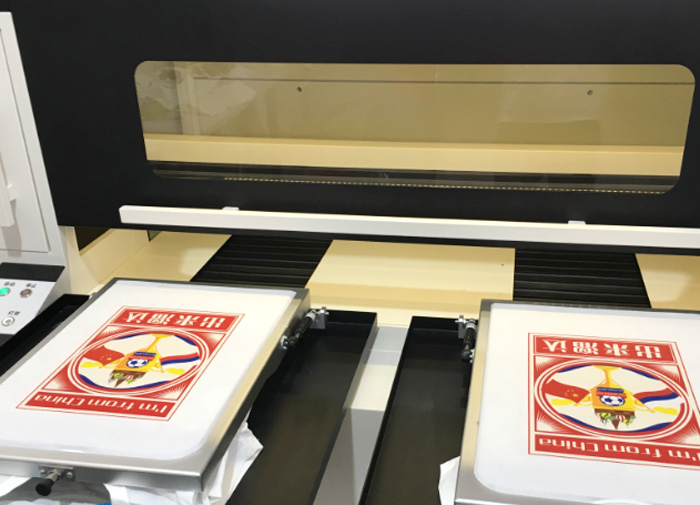
Knowledge of T-shirt printing machine
T-shirt printing machine refers to a digital full-color prin...
-
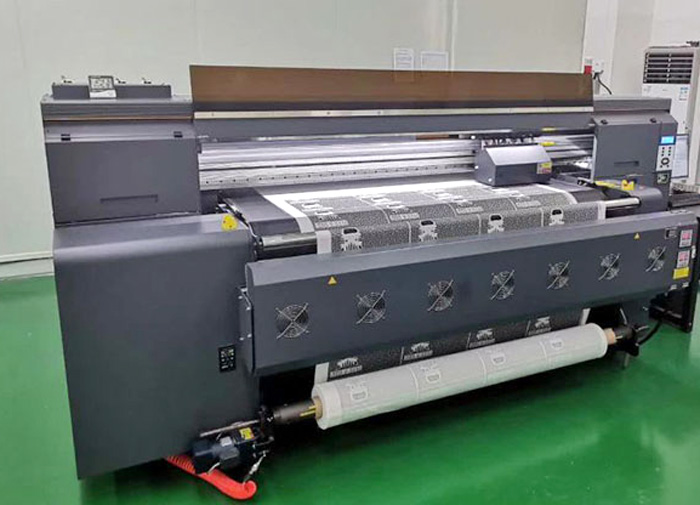
Maintenance skills of digital printing machine
If a worker wants to do his job well, he must first sharpen ...
-
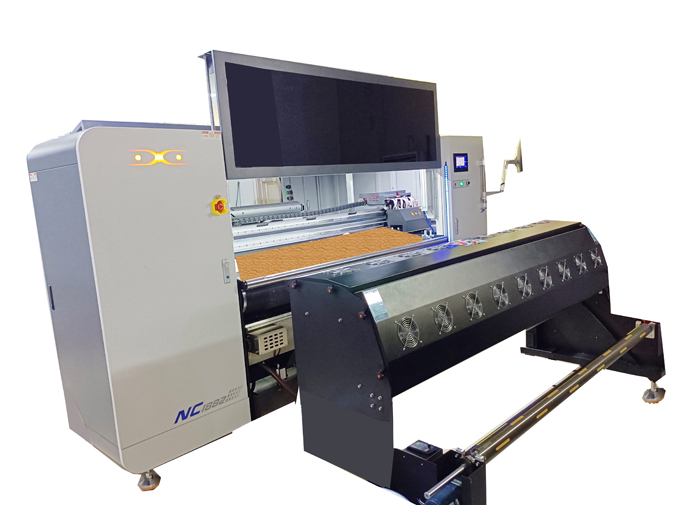
How to maintain the digital printing machine
Since the development of the digital printing industry, grea...
-
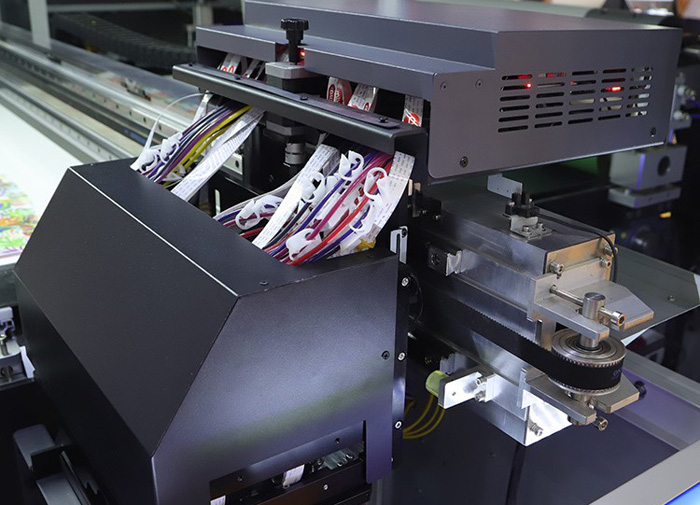
What is the difference between digital printing machine and traditional printing machine
In recent years, digital printing machines have become popul...
Contact Us

24-hour service phone18617068102
—— Communicate directly with WeChat
-
Advisory
Online Service
-



Follow us
 18617068102
18617068102
